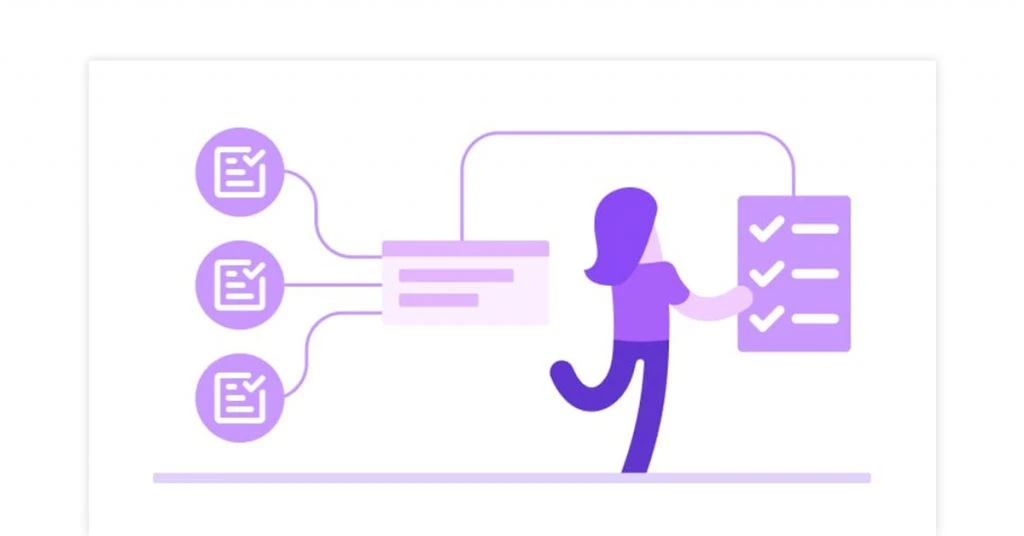What are the Unique Internal Sources of Recruitment for Quick Hiring

Recruitment or hiring is a process of fulfilling the human resource requirement of an organization by searching and attracting talented individuals. It involves creating a positive image of the organization, receiving enough applications, and eventually hiring the most potential candidates.
The process of recruitment is not just limited to fulfilling the need for resources within an organization. The success or failure of a company will depend on how talented and motivated employees you hire.
What are the Different Types of Recruitment?
There are two types of recruitment methods: internal and external sources of recruitment.
Internal Recruitment
Internal Recruitment refers to a process where employees from within the organisation are referred to for fulfilling the requirements or are directly promoted.
Simply stating, internal recruitment means seeking applications from those who are already working on the payroll of the organization. Vacancies are filled via promotion, transfer, or referrals. It might also include former employees.
- Promotion
Promotion is a great source of motivating the employees and is also the most common source of internal recruitment. Here employees are shifted to a higher level in the organization with more important responsibilities. It happens only when higher-level positions are vacant or more senior managers are required for expansion.
Promotion within the organization has the following benefits:
- The employee is well aware of the company structure and culture.
- It is cost-effective in comparison to hiring talent from external sources.
- The chances of success are higher as you know about the candidate’s performance.
- The employee gets a fresh approach to work and feels motivated.
- The fellow teammates also boost up their game to work harder and be the next promoted candidate.
- The employee is well aware of the company structure and culture.
- Transfer
Transfer refers to the process of interchanging the job role of a candidate without any change in ranks or responsibilities. Transfer can be shifting employees from one location to another and it can also be from one department to another depending on the vacant position.
The primary purpose of employee transfer is to allow them to have a wider experience in different aspects of the organisation, which will reflect positively in their growth matrix.
- Employee Referral
This is yet another source of internal recruitment where the HR managers choose candidates among the ones referred by the existing employees of the organisation.
Your employees are well aware of the company culture and if they feel that their friends, family or relatives can fill up the position, they can send their resumes to HR managers.
HR managers then take it forward based on their availability and skills. This source of recruitment is quite effective as employees only refer to those candidates after the first level of judgment. They know who will fit the role.
- Pre-Existing Applications
This is also considered internal recruitment as resumes of potential candidates are already present in the record. Hence, HR managers can connect with them via email or phone to check their availability.
External Recruitment Resources

External sources of recruitment are based on the candidates referred by external recruitment portals and agencies. HR managers often adopt the following ways to hire externally:
- Advertisement
It’s the most widely used method of generating applications. It ensures higher reach and the message is fully controlled. Here the HR managers use various mediums of communication to convey their message like print and digital. It is considered one of the best mediums to connect with a large number of people in a shorter span of time.
- Campus Recruitment
This is one of the most common sources of recruitment. Here the HR professionals visit various education institutions and pick up candidates who are making a debut in the professional world. It involves various rounds of tests and screening to judge the caliber of candidates.
- Recruitment Agencies
There are agencies that hold expertise in creating a pool of finding skilled candidates. They have a wide portfolio of skilled employees, both freshers and experienced.
- Employment Exchange
These organisations are based nationally with branches in every city. They are particularly used for recruiting white-collar and blue-collar and technical workers.
Suggested Read: 10 Best Recruitment CRM for Candidate Relationship Management
Difference Between Internal and External Recruitment
Let’s figure out the major differences between internal & external sources of recruitment

| Basis | Internal Recruitment | External Recruitment |
| Meaning | Here the candidates who are already working under the payroll of an organisation are used to fulfil the requirement | Here candidates from outside the organisation are picked and trained to fulfil the requirement |
| Consumption of time | Used for quick hiring | Requires an adequate amount of time |
| Induction | Since employees are aware of the working structure of the company, they do not need induction | Employees need to be introduced to the company culture and policies so they are provided elaborate induction |
| Cost effectiveness | Cost effective process of hiring | Costly process of hiring |
| Limitation of application | Limited number of applications | Scan through multiple portfolios till you find the right candidate |
| Source | Referral, transfer, promotion, etc. | Ads, agencies, campus recruitment, etc. |
Advantages of Internal Sources of Recruitment
Advantages of internal sources of recruitment are the following:
- Acquaintance with existing employees
Your organisation has all the details regarding the background, strengths and weaknesses of every employee. Accordingly, you can select the one who matches the requirements of an open position.
- Economical source of recruitment
While recruiting internally, the organisation does not need to spend money and effort in going through multiple applications and picking up potential candidates. Hence, it’s inexpensive in many ways.
- Acts as a motivator for employees
Promotion via internal sources of recruitment is a great source of motivation for employees. It reflects positively on their portfolio and helps build a long term career. Besides, internal promotion also helps retain performing employees in the organisation.
- Boosts employee morale
Employees get a sense of achievement when they are recognised for their hard work. This not only motivates them but also boosts the morale of their fellow colleagues to perform exceptionally well and be the next.
- Optimum utilisation of talent
The internal recruitment policy also ensures better utilisation of talents. If an employee is skilled enough to take up better responsibilities, they can be trained for taking higher roles.
What are the Unique Strategies for Internal Recruitment?

According to reports, only 50% of employers have a standardized process for dedicated hiring. Due to the lack of a robust internal recruitment strategy, your recruitment will not be effective for a longer period. You need to take the following actions to optimise your internal hiring strategy.
- Corporate Culture
HR needs to develop a corporate culture that encourages employees to continuously prepare themselves for internal promotion. You can also conduct training sessions to nurture talents and prepare them for the bigger role.
- Professional Development
You need to introduce professional development plans and encourage employees to pursue them for higher-level positions within the organisation.
- Multiple Channels of Communication
Communicate constantly with your employees about internal opening via multiple channels like email, internal communication channels, etc. As a result, you will get more applications for an open position.
- Guidance/ Mentorship
Introducing mentorship programs to help proteges identify the skills they need to develop to get ready for the promotion is crucial as it will solve their internal challenges.
The Bottom Line
There is no doubt that internal mobility is an ever-effective source of recruitment and gives multiple benefits to the organisation. However, HR professionals have to be flexible enough to make the right decision, depending upon the need of the organisation.
FAQs
Is employee referral an internal source of recruitment?
Yes, employee referral is an internal source of recruitment because you get references from someone who is already working within the organisation. In this process, the employees refer their friends, family, or relatives depending upon the role and responsibilities.
What are the examples of external recruitment?
There are several examples of external recruitment like hiring through a recruitment agency, online job portals, advertising through print media, and careers events.
What are the different types of internal sources of recruitment?
The internal sources of recruitment are promotion, transfer across locations or departments, employee references, and employee exchange programmes.
What are the internal recruitment advantages?
Internal Recruitment is a cost-effective process and it also boosts the morale of employees. They either get promoted or paid for referring to someone suitable for the role.
Related Categories: HR Software | Payroll Management Software | Attendance Management Software | Recruitment Management Software
The Techjockey content team is a passionate group of writers and editors dedicated to helping businesses make informed software buying decisions. We have a deep understanding of the Indian software market and the challenges that businesses face when choosing the right software for their needs. We are committed... Read more





























